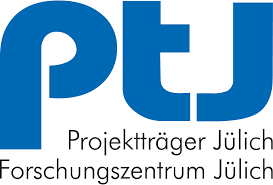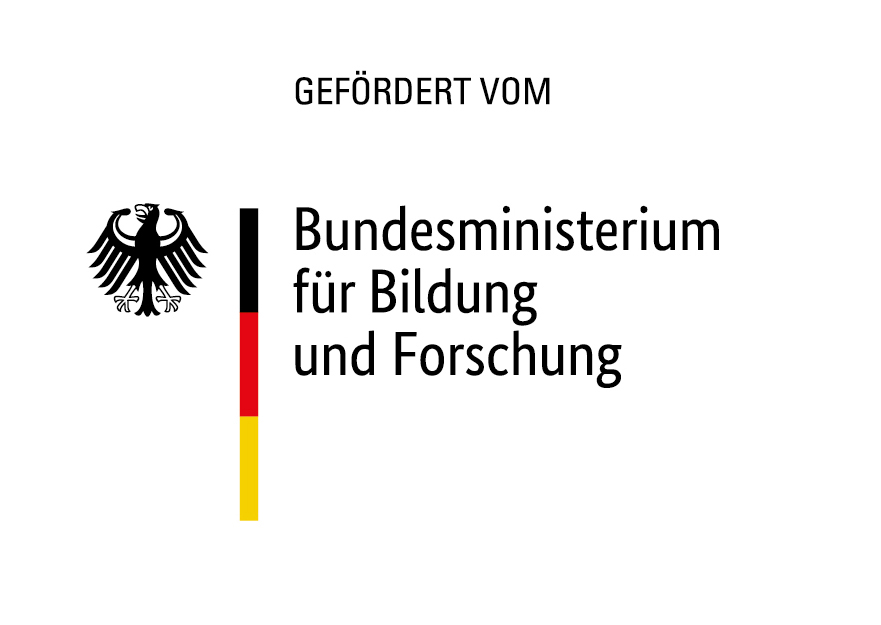CO2 - reducing emissions sustainably
Concrete is an indispensable building material. It forms the basis of our infrastructure and built-up environment. Concrete in itself has a low CO2 footprint. However, the huge quantities required (concrete accounts for more than half of all man-made materials) make the cement industry one of the largest CO2 emitters because of the unavoidable process emissions generated when calcining limestone.
However, the hardened cement paste offers great potential when it comes to permanently binding CO2. This already happens naturally when concrete is used. The main goals of the project "C²inCO2", which was initiated by the BMBF funding measure CO2-WIN (Funding code: 033RC026F), lie in tapping the residual potential of CO2 uptake by concrete during the recycling phase and to permanently bind the quantities of CO2 released when cement is produced.
Binding CO2 sustainably in marketable products
To achieve the project goals, recycling processes for waste concrete must be further developed and optimized. When concrete reaches the end of its life, suitable processes are needed to crush, separate and classify it into its various fractions that are as pure as possible, such as aggregates, sand and hardened cement paste. This will allow the mineral-based recycled fractions, i.e. sand and aggregates, to be reused in various concrete mixtures depending on their quality. To permanently bind CO2 in the separated hardened cement paste, the aim is to develop practicable carbonation processes so that the cement paste can be fully reused in composite cements. The scientific and technical development work includes not only the treatment and provision of the various input materials as well as the design and construction of pilot plants, but also the performance of practical tests on new types of cements and concrete products, their detailed analysis, and verification of their suitability for use in industry..
New approaches to life cycle analysis
Fraunhofer IBP's Department of Life Cycle Engineering is analyzing and evaluating these novel approaches in the course of an ecological and economic life cycle analysis with the aid of suitable and robust indicators. In this way, the department is making an essential contribution to identifying potential and exploiting it accordingly. A multidisciplinary consortium of representatives from the cement and concrete industry (HeidelbergCement AG), large-scale plant engineering (thyssenkrupp Industrial Solutions AG, Loesche GmbH), suppliers of construction chemical product systems (Sika AG) and renowned fundamental and applied research institutes (F. A. Finger Institute for Building Materials Science at Bauhaus University Weimar, Department of Mineral Raw Materials Processing at RWTH Aachen University) is involved in the project work.


